Shark Finning Kills 11,000 Sharks Per Hour and Threatens Our Oceans
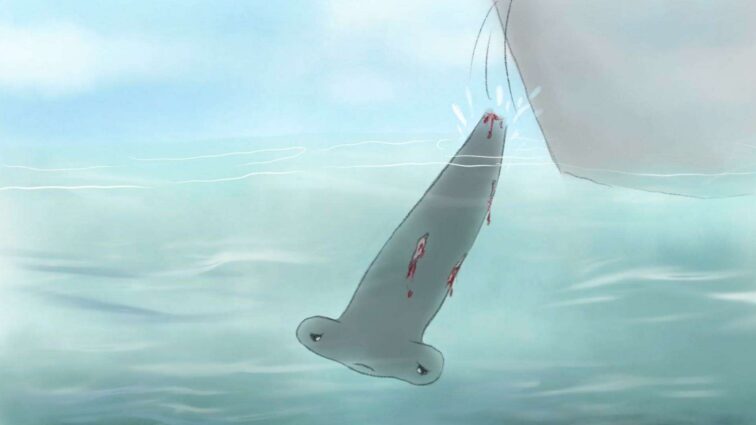
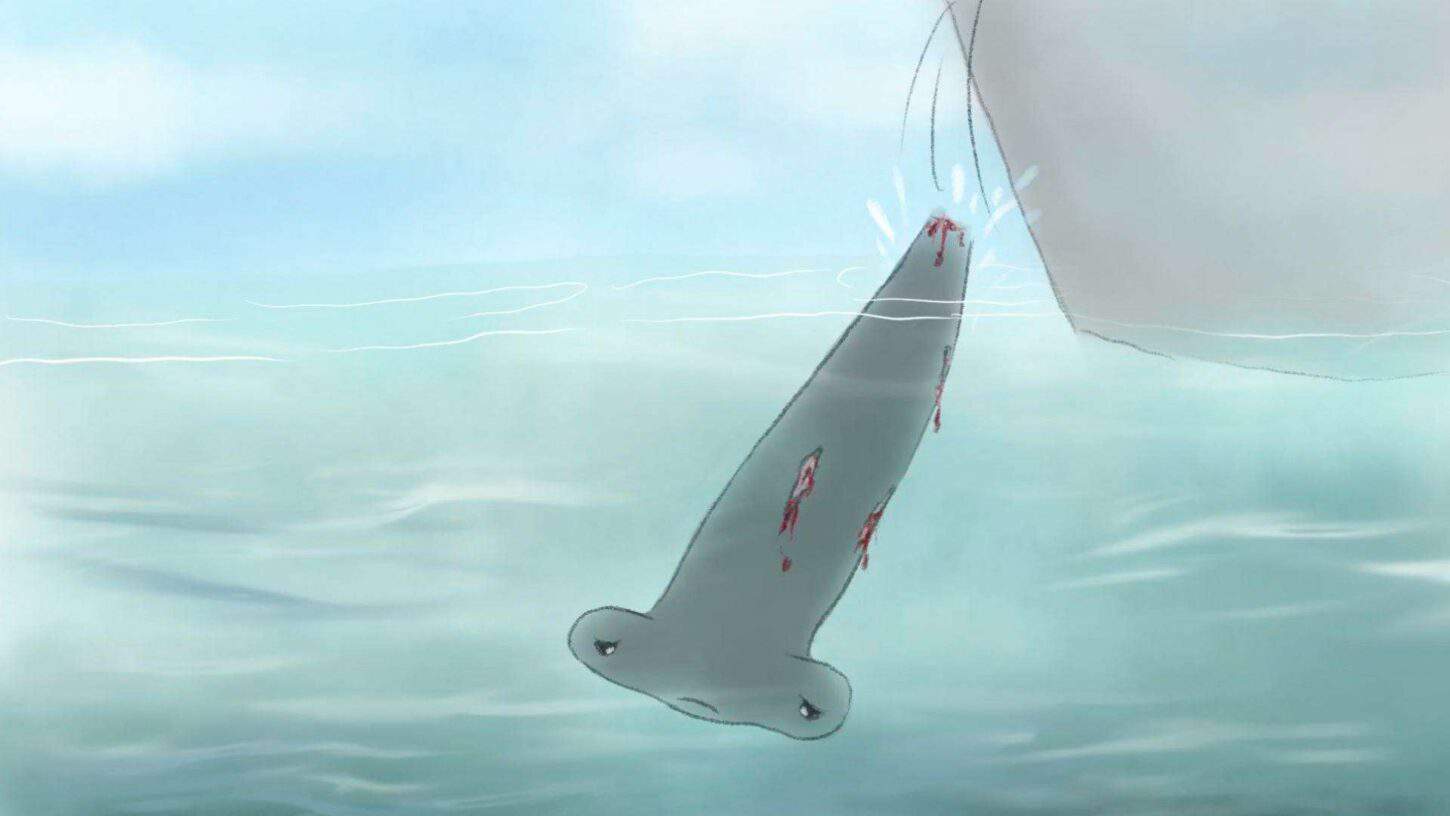
When I was young, I would count down the days and hours until Shark Week began. I was ready to learn about the impressive great white, the cunning mako, the assertive bull shark, and the majestic whale shark.
Constantly in awe of their beauty and efficiency, I watched every minute I could to understand the mysterious ocean world and these ancient fish. But as I sat by the television, I realized that sharks were, and are, in danger of extinction. And because of that, so are all beings on this planet.
Sharks aren’t defined by the shark attacks often shown during Shark Week these days. They’re so much more than something to fear. Sharks are apex predators, but they aren’t separate from us. Sharks are beings who feel, and they’re a part of the vital ocean ecosystem that keeps the planet healthy. And even though they’ve managed to be here for over 400 million years, humans have become their apex predator in the last several decades.
In 2020, a study found that 77% of large shark and ray species are threatened with extinction. Sharks are overfished, and one practice that threatens millions of years of shark existence is shark finning.
Shark Finning is Threatening The Very Existence of Sharks.
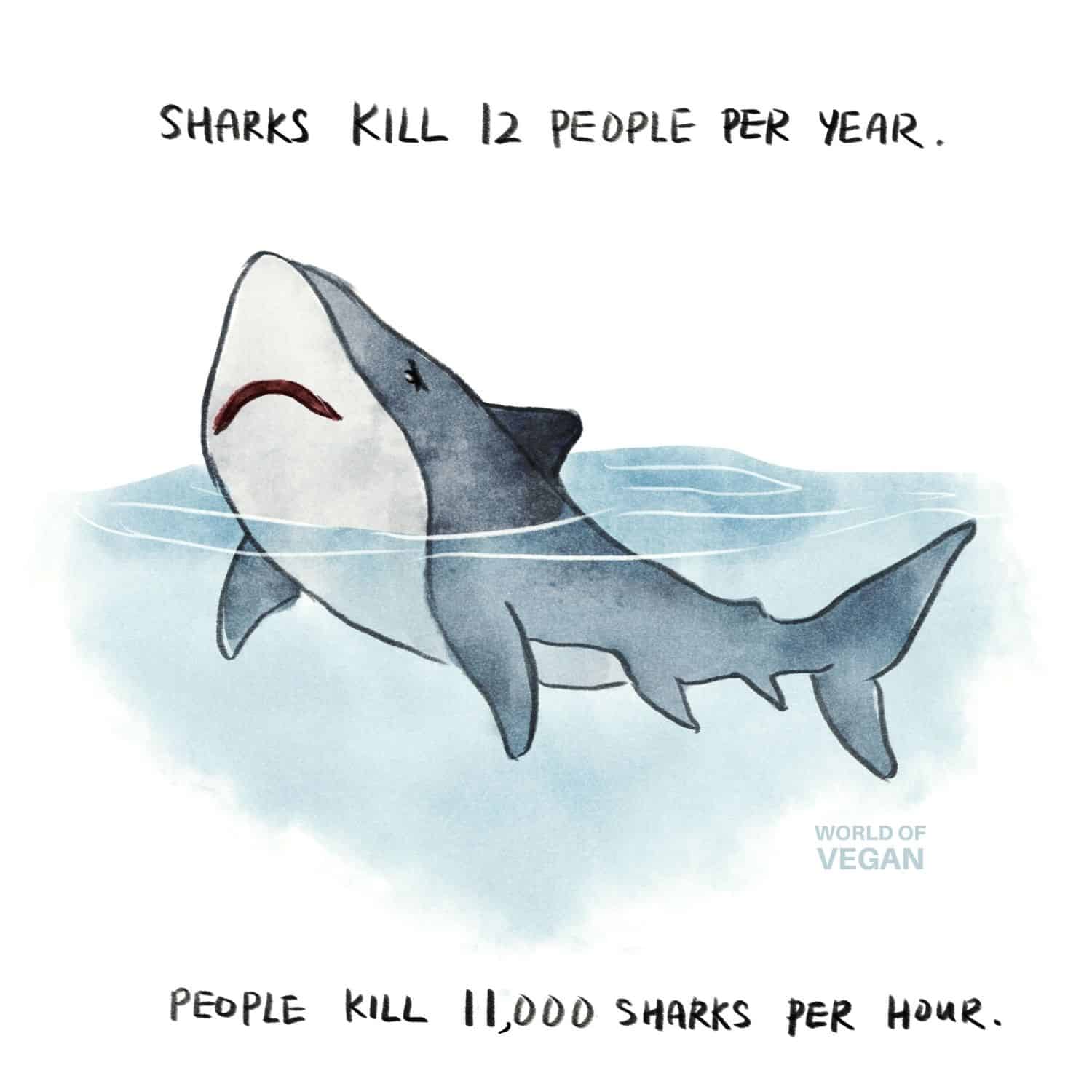
“If the ocean dies, we die.”
– Captain Paul Watson, Sea Shepherd Conservation Society
Table of Contents
- What is Shark Finning?
- Shark Finning Statistics
- How Many Sharks do Humans Kill a Year
- Why Do People Take Shark’s Fins?
- How Much Do Shark Fins Cost?
- We Need Sharks To Survive and Thrive
- How Do We Protect Sharks from Shark Finning?
- How Can We End Shark Finning?
- Take Action to Protect Sharks from Shark Finning
- Shark Finning “Draw My Life” Video
- Related Articles
What is Shark Finning?
If this subject is new to you, let’s start with a shark finning definition. Shark fin is widely considered a delicacy in Asia and other parts of the world. Once served to royals, rising income levels have led to increased demand. Shark finning is the practice of cutting off a shark’s fins and throwing the animal back into the ocean while they’re still alive, where they suffocate, die of blood loss, or are eaten by other sea animals.
In order to “breathe,” sharks need to swim so water will flow through their gills and provide oxygen. But without fins, sharks sink to the bottom of the ocean, unable to swim, unable to escape predators, and unable to breathe.
Shark finning impacts sharks of every species—from hammerheads to great white sharks—a fin is a fin. Sadly many shark species are now listed as endangered or vulnerable, at risk of extinction.
Shark Finning Statistics
- Shark finning kills approximately one hundred million sharks per year.
- Some shark populations have decreased by 60-70% because of human shark fisheries.
- Out of 31 species of sharks and rays, three-quarters of them are now threatened with extinction.
- Even though over 100 species of sharks are on the IUCN Red List of Threatened Species, less than half have global protection through trade restrictions.
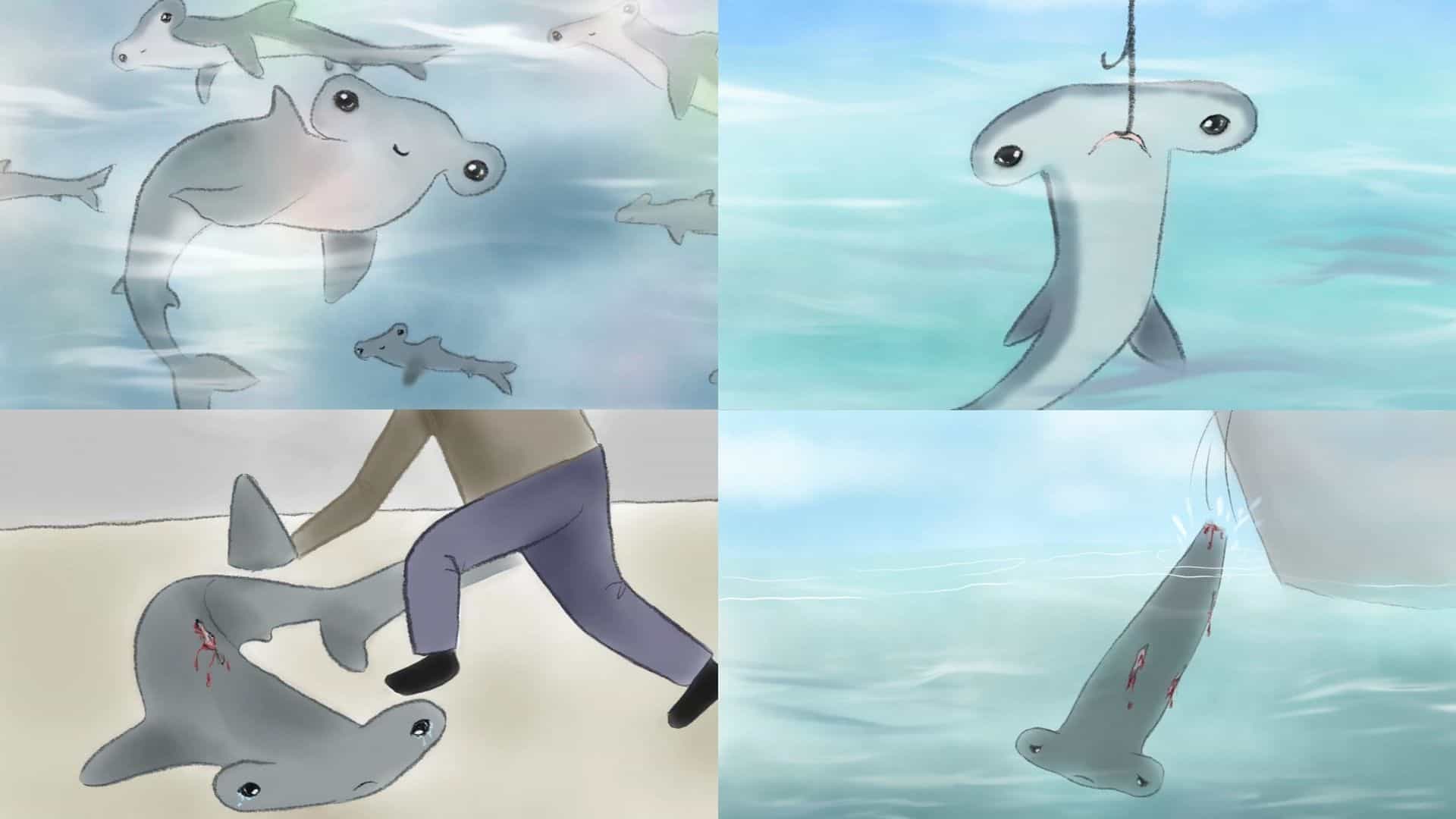
How Many Sharks do Humans Kill a Year
Every year, humans are responsible for the loss of millions of sharks due to various activities, including shark finning, bycatch in fishing operations, and habitat destruction. The exact number of sharks killed annually can vary, but estimates suggest that around 100 million sharks are killed in our oceans each year.
The international shark finning industry is highly unregulated, and many countries don’t even have limits on how many sharks can be caught. They are suffering without many protections. And for what?
Why Do People Take Shark’s Fins?
While sharks are caught as bycatch for human fisheries, sharks are primarily killed for shark fin soup.
Regarded as a delicacy for hundreds of years, the high demand for shark fin soup hasn’t shown much slowing over the years, giving fisheries even more incentive to continue the practice of shark finning. And the commercial fishing technique used to catch sharks does not discriminate, often catching sea turtles, dolphins, and other marine animals, along with any size, age, or species of shark.
How Much Do Shark Fins Cost?
A single shark fin can sell for hundreds—and even in some cases thousands—of dollars. A single bowl of shark fin soup can cost between $50 and $100.
We Need Sharks To Survive and Thrive
The cruelty of this practice can be compared to the human exploitation of animals in the U.S. and other countries. Much like dehorning dairy cows or clipping chick’s beaks and leaving them to suffer for production and consumption of food. Land animal agriculture has its own set of ecosystem and biodiversity impacts, and shark finning is no different.
As populations of sharks sharply decline, the population of shark’s prey increases. Why is this a problem? Because the ocean is a delicate ecosystem that needs balance. Sharks grow slowly and have low reproductive rates, making it difficult to replace the population taken for shark fins. When their prey starts to eliminate other species, the species diversity of the ocean declines, and vegetation is overconsumed.
We need apex predators, like sharks, to uphold the complex ocean ecosystem and maintain its rich diversity and life.
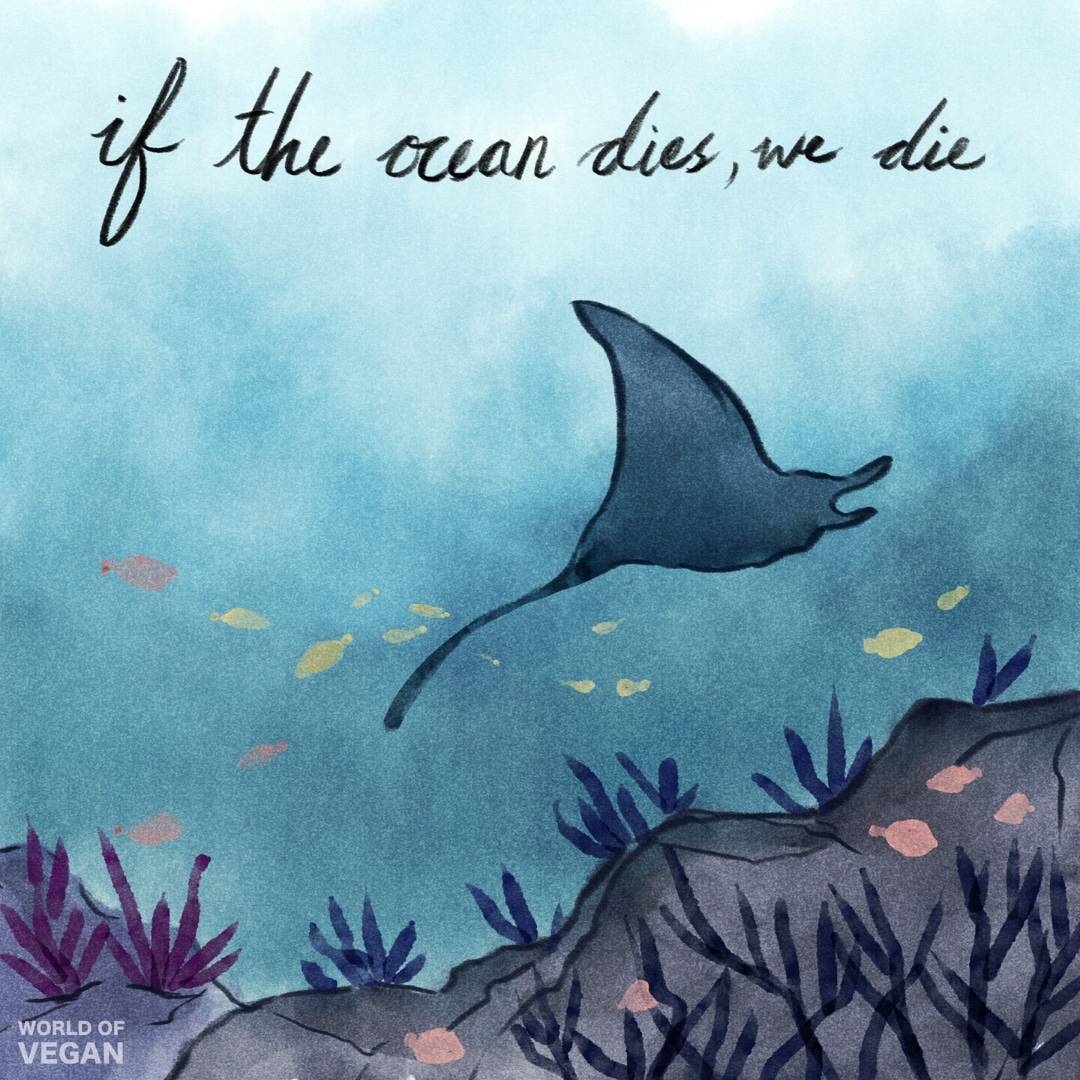
How Do We Protect Sharks from Shark Finning?
Sharks are feared by many because of their portrayal in movies and television, but on average, sharks kill less than ten humans per year. Meanwhile, humans kill over 100,000,000 sharks per year. That’s over 11,000 sharks per hour and two to three sharks per second.
The effort to protect sharks from shark finning and ultimately extinction has been years in the making but is largely disconnected. Every country with a coast is responsible for its fishing restrictions, and many countries have not banned the cruel practice.
In the U.S., only 12 states have banned shark finning. In 2000, the U.S. passed the Shark Finning Prohibition Act, which made it illegal to pass through U.S. waters with shark fins that did not have a corresponding shark body. Unfortunately, this act has a loophole, not requiring fisheries to bring sharks ashore with fins attached. The enforcement has been challenging, but it was just a Band-Aid to the more significant issue of killing sharks. In 2010, the government passed the Shark Conservation Act, making the practice illegal but ultimately driving up demand and moving it to international markets.
A comprehensive, nationwide ban on shark finning is still desperately needed if we’re to make sure the U.S. isn’t driving the demand for slaughtering sharks around the world. At the end of 2019, the House of Representatives passed the HR.737, The Shark Fin Sales Elimination Act of 2019. This bill would make it illegal for anyone to possess, buy, or sell any product containing shark fins.
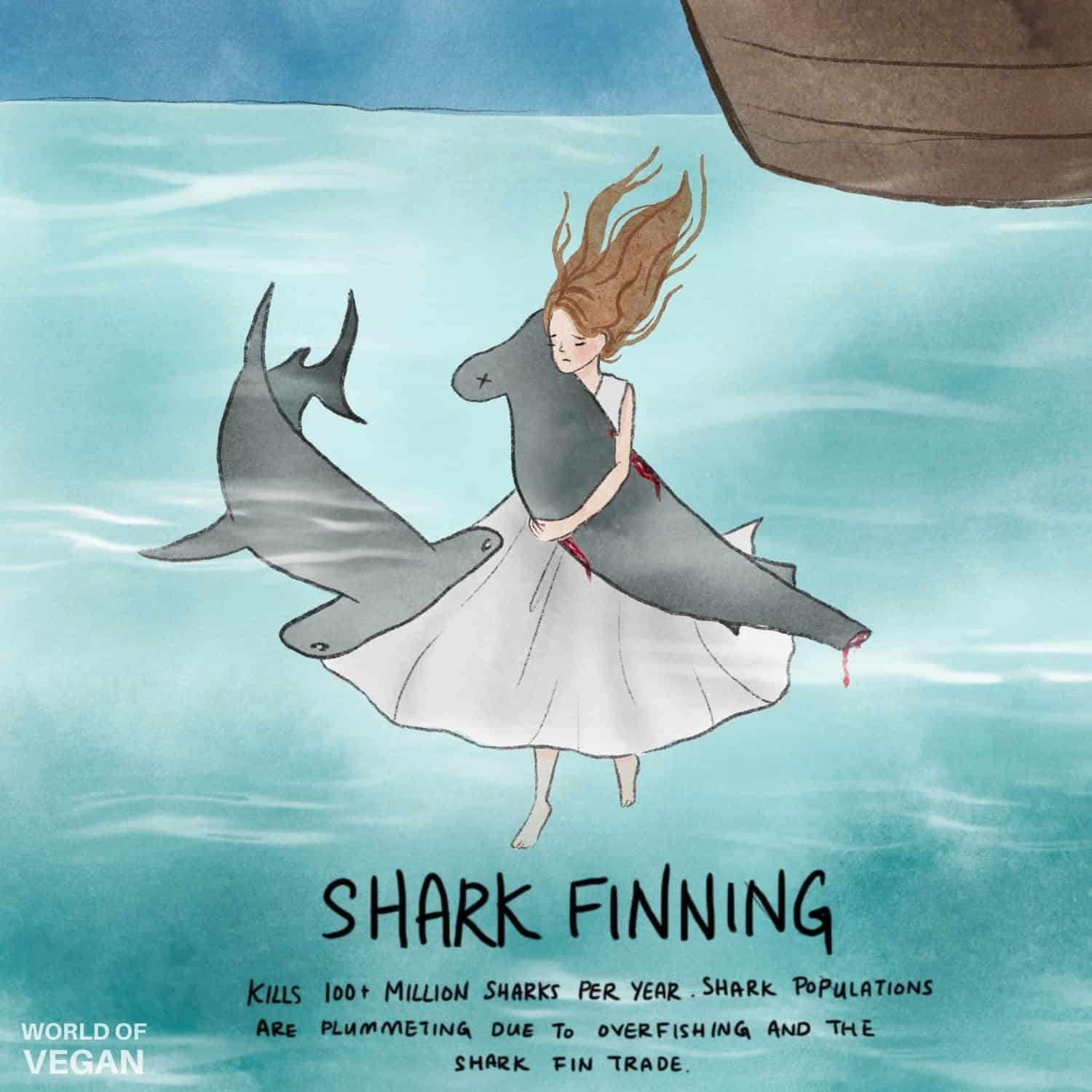
How Can We End Shark Finning?
Ending shark finning is a complex challenge that requires a combination of legislative measures, international cooperation, public awareness, and sustainable alternatives. Here are some steps that can be taken to help end shark finning:
Legislation and Regulation:
- Implement and strengthen strict laws and regulations that ban the practice of shark finning, along with strong penalties for violations.
- Enforce the ban through effective monitoring, surveillance, and prosecution of illegal fishing activities.
- Close loopholes that allow for the transport and trade of shark fins through international waters and ports.
International Cooperation:
- Encourage international collaboration among countries to collectively combat shark finning and trade.
- Advocate for the inclusion of sharks in international conservation agreements and treaties, such as the Convention on International Trade in Endangered Species of Wild Fauna and Flora (CITES) and Regional Fisheries Management Organizations (RFMOs).
Transparency and Traceability:
- Promote transparency in the seafood supply chain by requiring accurate labeling of products to indicate whether shark fin is present.
- Implement traceability systems to track the origin of shark fins, helping to identify and prevent illegally sourced fins from entering the market.
Consumer Awareness:
- Raise public awareness about the negative impacts of shark finning on marine ecosystems, biodiversity, and the health of shark populations.
- Educate consumers about sustainable seafood choices and the consequences of consuming products derived from threatened or endangered species.
Alternative Livelihoods:
- Support communities that rely on shark fishing as a source of income by providing them with alternative livelihoods, such as ecotourism, sustainable fishing practices, or other marine-related activities.
Scientific Research:
- Conduct research on shark populations, their ecological roles, and the impacts of shark finning on marine ecosystems to strengthen the case for conservation efforts.
Incentives for Conservation:
- Establish incentives for responsible fishing practices that prioritize the conservation of shark populations and their habitats.
- Reward fishermen and businesses that adopt sustainable practices and avoid engaging in shark finning.
Collaboration with Businesses:
- Encourage businesses, restaurants, and retailers to commit to not serving or selling products containing shark fins, thus reducing the demand for shark fins in the market.
Advocacy and Lobbying:
- Support and participate in advocacy efforts led by non-governmental organizations (NGOs) and conservation groups working to end shark finning.
Political Will:
- Encourage political leaders to prioritize the protection of sharks and marine biodiversity through policy initiatives and commitments.
Ending shark finning requires a multi-faceted approach that involves cooperation at local, national, and international levels. By combining these strategies, it’s possible to mitigate the negative impacts of shark finning and work towards the conservation of these important marine species.
Take Action to Protect Sharks from Shark Finning
While we eagerly wait for legislation to pass to protect sharks, there are ways to help protect these majestic animals right now.
- Pledge to say no to shark fin soup
- Spread awareness about shark finning by sharing this article
- Watch Stella the Shark’s story and share the video with your friends and family
- Leave seafood off your plate (visit our vegan seafood guide for support)
Awareness is critical to driving action for shark conservation and ending this cruel practice. Sharks need our help to survive, and we need their help to keep the oceans full of diversity and life. Together we can make a difference for sharks everywhere.
Shark Finning “Draw My Life” Video
Investigative footage and undercover videos are powerful tools for exposing cruel practices that are otherwise hidden far from civilization or behind closed doors. However, many people turn away from these videos, unable to watch because the content is too graphic.
In this new illustrated short film, we’re taking viewers under the ocean waves to shine an investigative flashlight on one of the most devastating practices happening today: shark finning. This “Draw My Life” video shows what shark finning is like without graphic footage.
This ‘Draw My Life’ video tells the story of an independent hammerhead shark named Stella who adventures through life in the ocean, until she swims under a shark finning vessel and things go tragically wrong.







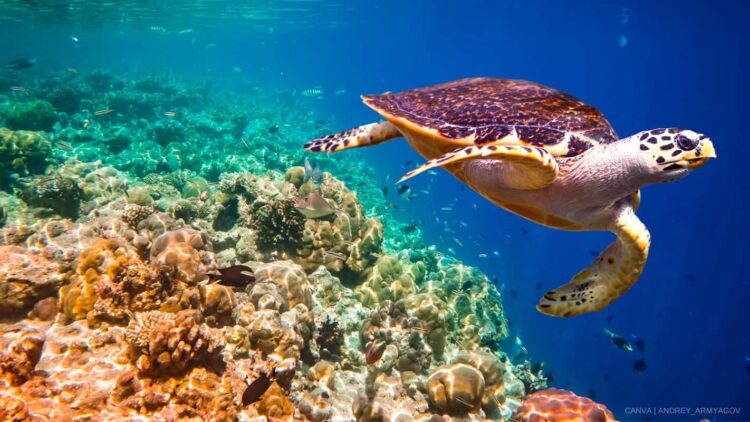

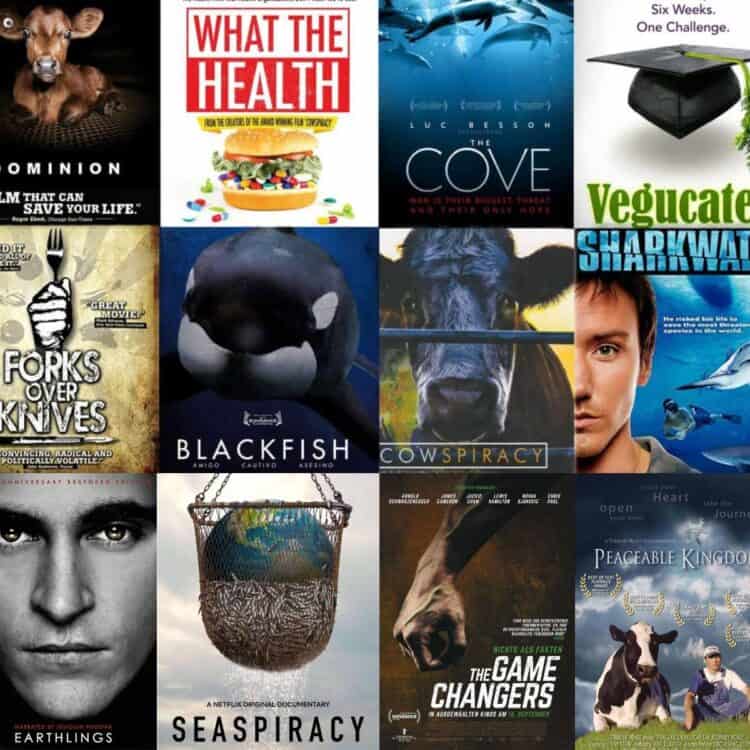

Leave a Comment
So upsetting to hear that my favorite animals are being slaughtered by the millions.
I agree, it’s so horrifying. If you feel comfortable sharing this video on your social media, it may help to bring more awareness to others. Thank you in advance, Elizabeth!
Shameful , some people, are willing to drive a species into extinction, in pursuit of monetary gain…
I know – it’s so incredibly sad.
Thanks for this wonderful article
It really shows we need to stop this
The images are amazing thank you
Thank you so much for visiting and reading! I’m so glad you found this article helpful. Sharks can use all the help they can get right now!
So sad and scary for the sharks and our planet :-(. Thank you for educating us on this horrific practice and industry.